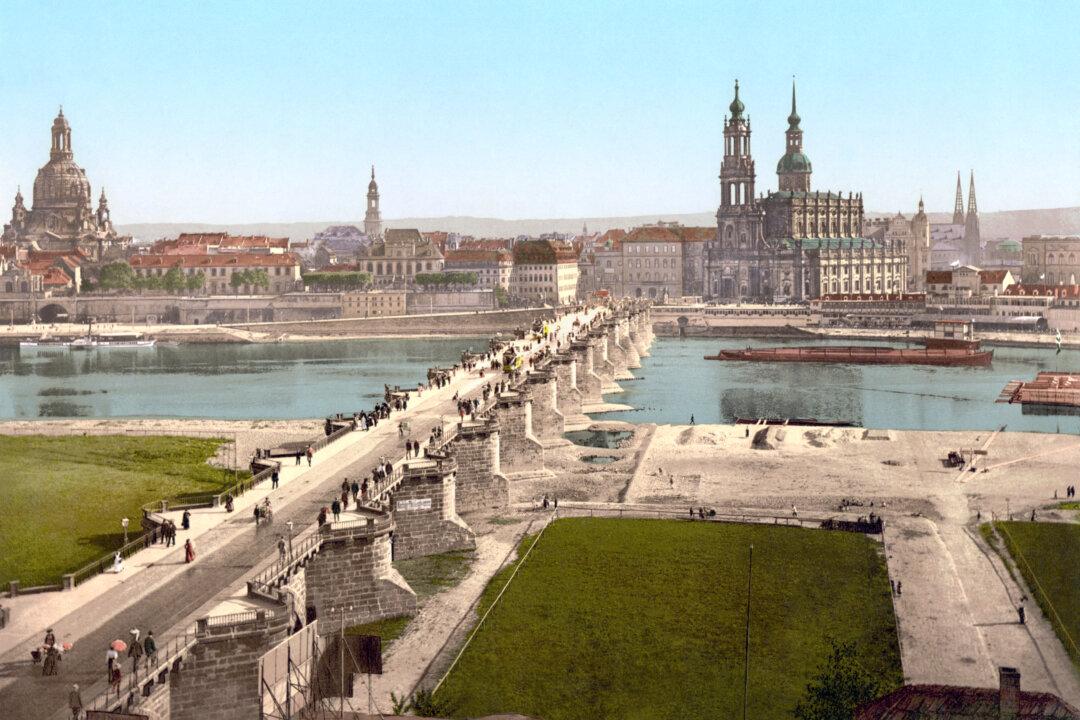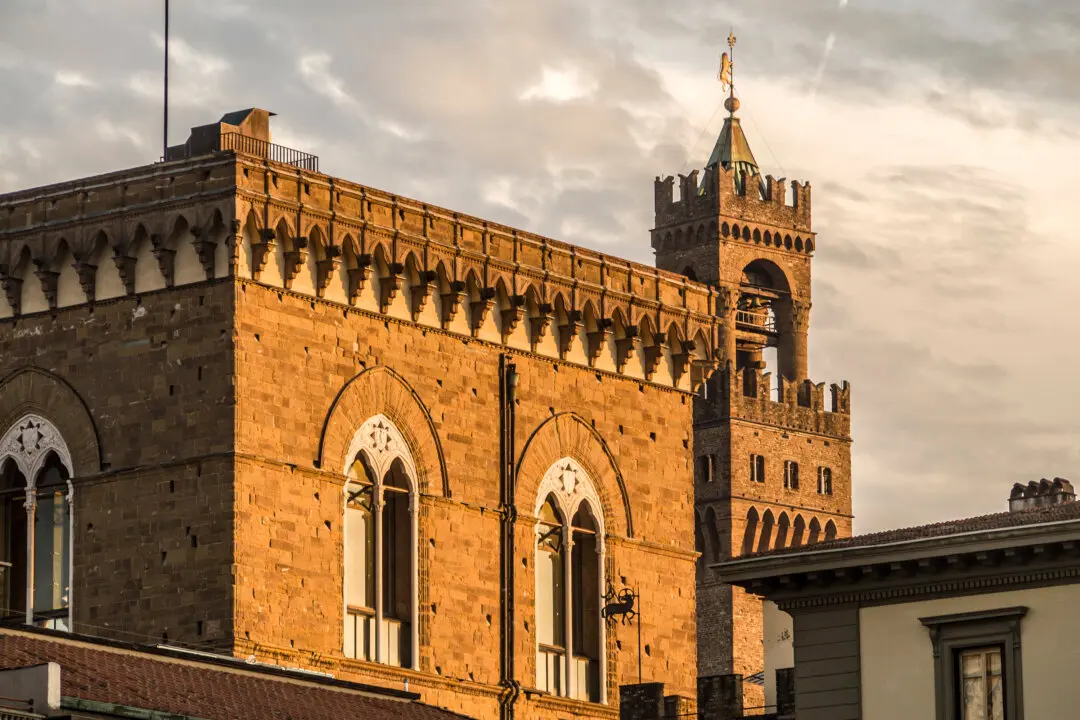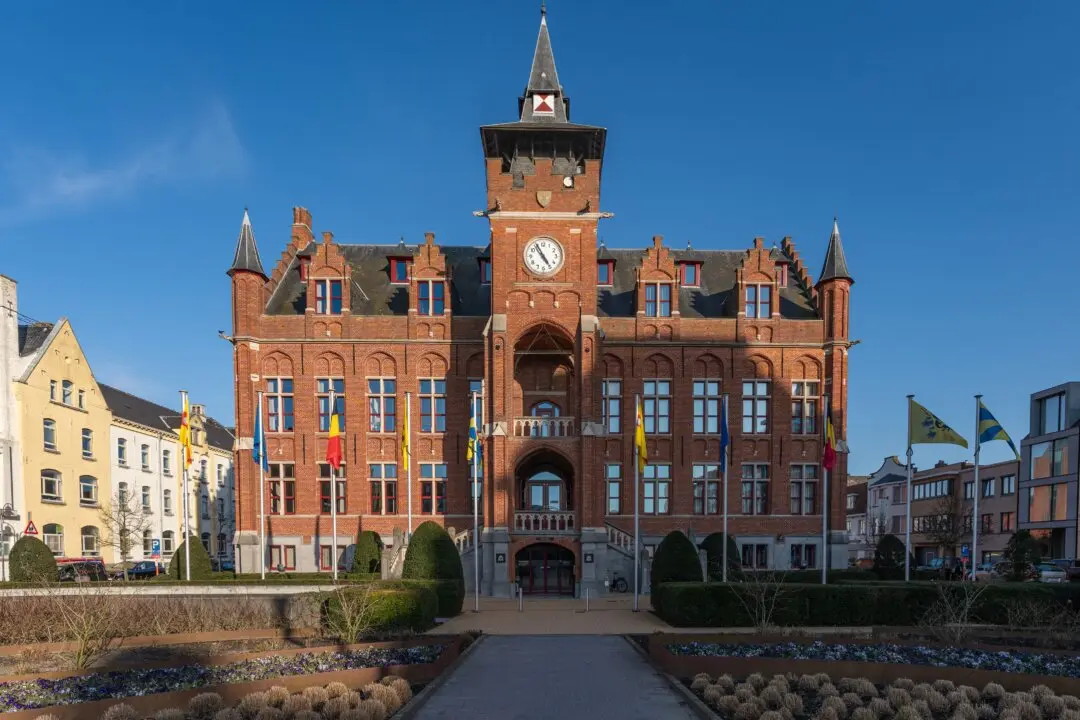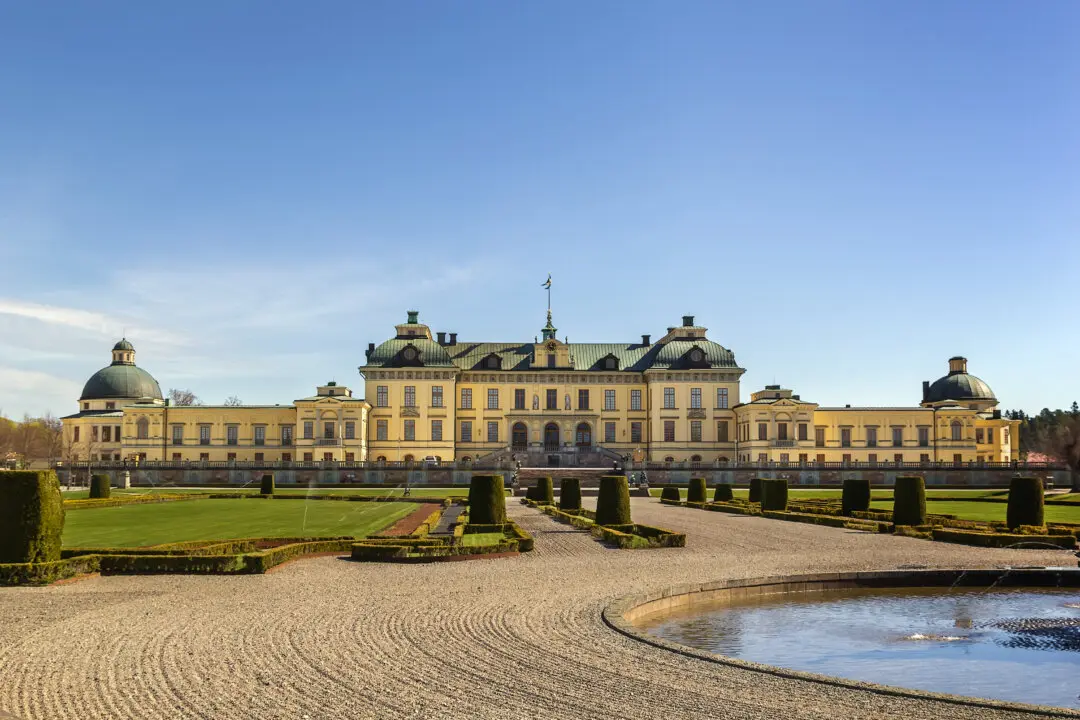On Aug. 19, 1418, in Florence, Italy, the wealthy Arte della Lana trade guild announced a design competition for architects. The winner would get to build a dome to complete the Cathedral of Santa Maria del Fiore, also known as the Duomo. The guild ended up choosing Filippo Brunelleschi. His dome, completed in 1436, was the first major work of Renaissance architecture.
By the time of Brunelleschi’s selection, the cathedral had been under construction for more than 120 years. Its core had been designed by leading 13th-century architect Arnolfo di Cambio, and in the 1330s, early Renaissance artist Giotto di Bondoni had built a small square bell tower near the church.





